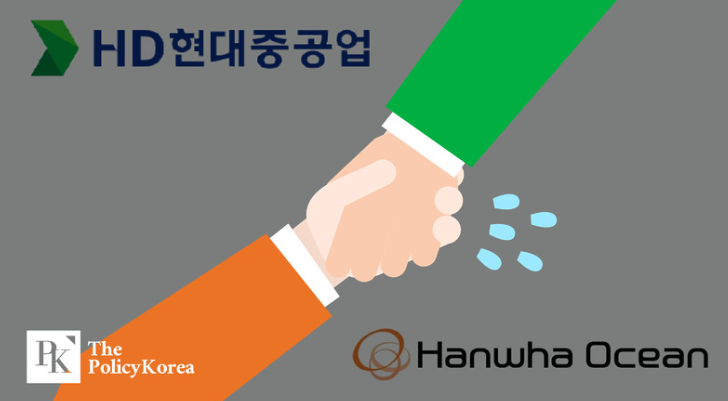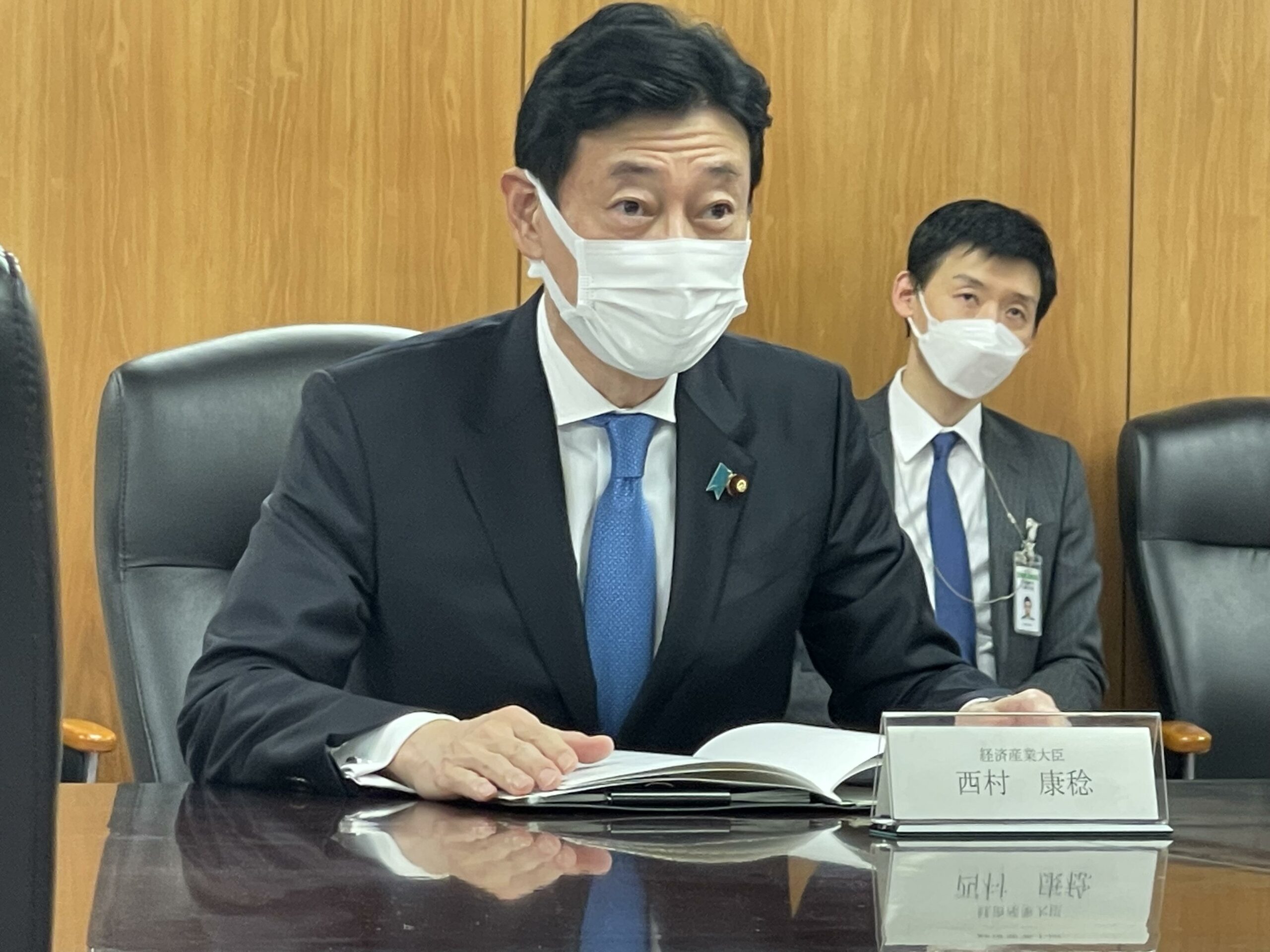[동아시아포럼] 선진국 진입을 위한 인도네시아의 ‘인적자원개발’ 전략
조코 위도도 대통령, 2045년 고소득 선진국 진입 선언 2030~2035년 생산가능인구 비중 정점에 도달 예상 "인구 구조의 이점 살려 노동생산성 향상시킬 것"
[동아시아포럼]은 EAST ASIA FORUM에서 전하는 동아시아 정책 동향을 담았습니다. EAST ASIA FORUM은 오스트레일리아 국립대학교(Australia National University) 크로퍼드 공공정책대학(Crawford School of Public Policy) 산하의 공공정책과 관련된 정치, 경제, 비즈니스, 법률, 안보, 국제관계에 대한 연구·분석 플랫폼입니다. 저희 폴리시코리아(The Policy Korea)와 영어 원문 공개 조건으로 콘텐츠 제휴가 진행 중입니다.
지난 6월 인도네시아 정부는 ‘2025∼2045 국가장기개발계획’과 ‘골든 인도네시아 2045년 계획(Golden Indonesia 2045 plan)’을 발표하고 2045년까지 고소득 선진국에 진입하겠다고 선언한 바 있다. 당시 조코 위도도 인도네시아 대통령은 “중진국의 함정(middle income trap)에서 경제 선진국으로 성장해야 한다”며 “인구통계학적 이점을 살려 인적자원과 기술, 생산성 향상에 초점을 둘 것”이라고 강조했다.
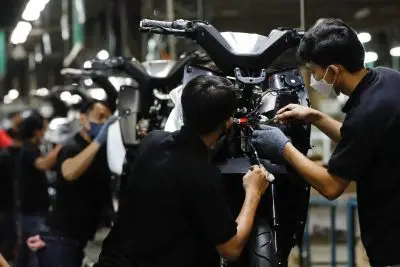
실업률 높고, 저학력자·여성 경제참여율 저조
인적자원은 중요한 국가 자산으로 한 나라의 경제 발전에 있어 대체불가한 핵심 요소다. 인도네시아의 인구는 2억7,000만 명으로 이 중 생산가능인구는 1억4,700만 명이다. 특히 2030년부터 2035년까지는 생산가능인구의 비중이 정점을 찍으며 ‘인구 보너스’ 시기를 보낼 것으로 전망된다. 이에 인도네시아 정부는 이 시기가 중진국을 벗어나 선진국으로 진입할 수 있는 절호의 기회가 될 것으로 기대하고 있다.
다만 인도네시아가 선진국 도약의 비전을 달성하기 위해서는 인구 구조와 인적 자원의 특성을 효과적으로 활용할 수 있는 인적자원개발 정책이 필요하다. 또한 내년 정권 교체 이후에도 기존의 정책 기조를 일관성 있게 유지하면서 연속성 있게 사업을 이어가는 지혜를 발휘할 필요가 있다.
실제 인도네시아가 선진국 진입 목표를 달성하기까지는 많은 장애가 있을 것으로 보인다. 이 중 높은 실업률과 교육격차는 국가경쟁력 제고를 위해 반드시 개선해야 할 과제다. 인도네시아의 실업자 수는 약 800만 명으로 교육, 직업훈련, 경제활동이나 구직활동에 참여하지 않는 국민의 비중은 23.22%에 이른다. 특히 중등교육을 받지 않는 저학력자의 실업률이 높고 여성의 경제활동 참여율은 54.52%로 84.26%를 기록한 남성의 참여율에 비해 현저히 낮은 수준이다. 더욱이 저학력자와 여성의 불평등 문제는 갈수록 심화되고 있다. 실제로 저학력과 저숙련의 문제는 낮은 노동생산성으로 이어졌다. 지난 2020년 실시한 인도네시아의 국가노동력조사(National Labour Force Survey)에 따르면 생산가능인구의 90%가 직업훈련에 참여한 경험이 없으며 인도네시아의 노동생산성은 동남아시아 국가 중 5위에 불과했다.
2020년 도입한 ‘사전고용카드’ 성공적으로 정착
인도네시아 정부는 실업률과 불평등을 개선하기 위한 전략으로 국민들의 기술역량 개발을 위한 직업훈련 프로그램을 추진하고 있다. 이 가운데 지난 2020년 4월부터 시행되고 있는 ‘사전고용카드(Kartu Prakerja)’ 제도는 성공적인 사례로 손꼽히고 있다. 사전고용카드 제도는 코로나19 팬데믹 당시 어려움을 겪는 구직자들의 교육과 생계지원을 위해 도입됐으며 현재는 생산가능인구의 역량 강화와 노동생산성 제고, 기업가정신 육성을 위한 대규모 직업훈련 프로젝트로 확대됐다.
18세 이상 구직자를 대상으로 하는 사전고용카드 제도는 취업을 위한 교육훈련비를 바우처로 제공하고 해당 교육과정을 이수한 참가자들에게는 4개월간의 생계비와 인센티브를 현금으로 지급한다. 교육훈련비와 생계비, 인센티브는 핀테크 기업이나 은행이 제공하는 디지털 지갑(digital wallet)을 통해 수령할 수 있다. 시행 첫해인 2020년에는 코로나19 팬데믹으로 인한 혼란에도 불구하고 전국에서 500만 명 이상이 참여한 것으로 집계됐으며 지난해에는 450만 명에게 11조 루피아(약 8조4,600억원)를 지원했다. 현재 185개 교육기관이 이 제도에 참여해 직업훈련 교육과정을 제공하고 있으며 온라인 교육과정 참가자가 1,750만 명에 이른다.
이는 정부가 국민들에게 직접적으로 생계지원비와 교육훈련비를 지급하는 G2P(Government-to-Person) 정책이라는 점에서 금융 부문에 긍정적인 파급효과도 기대할 수 있다. 참가자 대부분이 사전고용카드 제도를 통해 처음으로 디지털 지갑이나 은행 계좌를 사용하게 됐는데, 이 과정에서 금융 서비스에 대한 접근성을 확대하고 나아가 ‘G2P 3.0 원칙’을 구현할 수 있을 것으로 기대된다. G2P 3.0은 정부가 국민에게 금융 지원을 제공할 때 단순한 금전적 지원을 넘어 다양한 금융 액세스 수단을 제공함으로써 수혜자들이 금융 서비스와 혜택을 효과적으로 활용할 수 있도록 지원하고 나아가 국가 전체의 금융 포용성을 향상시키는 것을 목표로 한다. 이와 관련해 유엔(UN)도 사전고용카드 제도의 성과를 인정했고 캄보디아, 태국 등 동남아시아 국가 관계자들은 해당 제도를 벤치마킹하기 위해 인도네시아를 방문하기도 했다.
생산성 제고 위해 포괄적·유기적 해결책 마련해야
사전고용카드 제도가 성공할 수 있었던 주요한 요인 중 하나는 정부, 교육기관, 기업 등 민관의 다양한 이해관계자들이 긴밀한 파트너십을 구축한 데 있다. 이는 단순히 정부가 재정을 투입하고 교육기관이 직업훈련과정을 운영하는 차원을 넘어 산업계와 비즈니스 분야의 요구를 파악해 인력 양성의 기조와 품질 기준을 설정하고 정책을 설계하는 과정을 포함한다.
이상적인 공공 서비스는 품질이 우수하고 접근성이 좋을 뿐만 아니라 명확한 성과목표를 제시해야 한다. 특히 성과 측정과 관련해서는 독립적인 외부 전문기관이 참여해 적절한 지표를 설정하고 객관적으로 검증하는 작업이 필요하다. 정부는 엄정한 평가를 통해 정책의 수혜자인 참가자들에게 궁극적으로 어떤 혜택이 제공됐는지 확인해 성과를 입증한 정책을 선별해야 한다.
제도가 시행된지 4년이 지난 현재 가시적인 성과가 나타나고 있다. 인도네시아 정부에 따르면 인도네시아 정부에 따르면 사전고용카드 제도 이전인 2019년 생산가능인구 중 직업훈련 참여율을 10.25%에 불과했지만 올해는 19.08%로 증가했다. 지난해 6월 세계은행과 국가빈곤감소추진팀(TNP2K)이 발표한 공동 보고서에서도 해당 제도의 수혜자 96.1%가 직업훈련 프로그램에 만족하는 것으로 나타났으며, 국제빈곤퇴치연구기관 제이-팔(J-PAL)도 지난 2021년 사전고용카드 제도 참가자의 소득이 미참가자에 비해 10% 더 많은 것으로 파악됐다고 발표한 바 있다.
인도네시아의 인구 구조 특성을 활용해 이익을 극대화하는 전략에는 시간적인 제한이 있다. 앞서 언급한 것처럼 2030~2035년 인도네시아의 생산가능인구 비중이 정점에 도달할 것으로 예상되기 때문에 이 시기에 맞춰 대규모 노동력을 활용할 수 있도록 준비해야 한다. 2045년 고소득 선진국 진입의 비전을 실현하기 위해서는 사전고용카드 제도와 같이 노동생산성 제고와 실업률 해소에 초점을 두되, 경제 전반에 긍정적인 영향을 미칠 수 있는 포괄적이고 유기적인 정책을 마련해야 한다. 특히 인적자원개발 정책을 도입부터 정착까지 기존 제도와의 연계, 정책 방향의 설정과 운영방식의 설계 등에 있어 견고한 프레임워크를 구동하기까지는 일정 시간이 소요될 수 있음을 상기할 필요가 있다.
원문의 저자는 인도네시아 경제부의 카효 프리하디(Cahyo Prihadi) 사전고용카드 제도 담당 디렉터입니다.
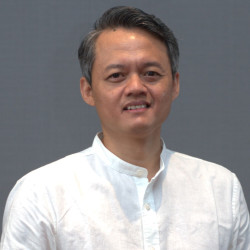
How workforce training is helping Indonesia modernise its economy
Indonesia can realise its goal of becoming a high-income developed country by 2045, thanks to favourable demographics. To do so requires a national program capable of effectively harnessing Indonesia’s human capital and population characteristics, recognising that investments in human resources constitute an irreplaceable component.
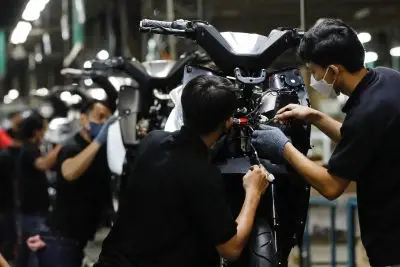
Human capital is a critical national asset. Indonesia has 270 million people, 147.7 million of which are in the workforce. But whoever leads the country after next year’s presidential election must wisely unravel old policies and bravely continue the right programs rather than create new ones with similar objectives.
This will not be easy. Some 8 million individuals are unemployed in Indonesia and the national rate of Indonesians who are not participating in education, employment or training is notably high at 23.22 percent. Graduates from higher education and secondary school face higher unemployment rates than those with lower educational attainment, leading to widespread idleness. The low female workforce participation rate of just 54.52 percent further exacerbates the issue, falling far below the male workforce participation rate of 84.26 percent.
The government must seek strategies to reduce unemployment and inequality through skill development programs. Indonesia’s National Labour Force Survey in February 2019 and 2020 revealed that just under 90 percent of the workforce have not received any workforce training. Together, these factors drag down Indonesia’s productivity rate, which was only the fifth highest in Southeast Asia in 2020.
The next administration must ensure that it measures the success of any program to resolve these issues with the proper indicators. Public service ideally offers high-quality, easily accessible, effective and targeted reference points to be impactful. Evaluation, through either internal or independent external sources, is critical. A program worthy of continuation must be result-oriented and impact-proven. Ultimately, the program participants should be the primary benefactors of any benefits.
Indonesian President Joko Widodo’s Kartu Prakerja program is a notable example of the right way to advance Indonesia’s economy by harnessing human capital. The program is open to Indonesian citizens over 18 years who are not enrolled in formal education and do not engage with other welfare programs. It aims to enhance the competence, productivity, competitiveness and entrepreneurial development of Indonesia’s workforce.
The Kartu Prakerja program began in 2020 and it operates on a conditional cash transfer scheme. Participants are provided with vouchers to purchase training courses and once they complete the training, they receive a cash incentive. This large-scale skill development initiative successfully reached over 5 million in the first year alone, covering all districts and cities across provinces in Indonesia despite the disruptions caused by the COVID-19 pandemic. A further 17.5 million recipients were reached through online training and provided with digital wallet incentives through fintech companies and conventional banks.
The program achieved rapid success thanks to a multi-stakeholder partnership scheme, where private and government entities collaborated in training provision and activated a training market mechanism that fostered partnerships over mere vendor relationships.
All training courses must meet certain quality thresholds and be relevant to training needs in the industrial and business sectors. Government data captured by the National Labour Force survey shows that the percentage of the workforce receiving training increased from 10.25 percent in 2019 prior to the Kartu Prakerja program to 19.08 percent in 2023.
Data from the Abdul Latif Jameel Poverty Action Lab South East Asia, a Jakarta-based research centre, support these findings. The centre found that in 2021, Kartu Prakerja recipients had an income 10 percent higher than non-recipients, signalling a positive outcome for the program. Subsequent research from the World Bank and the Indonesia-based National Team for the Acceleration of Poverty Reduction is similarly positive. A joint report published in June 2022 found that 96.1 percent of recipients were satisfied with the training in the program’s ecosystem.
One characteristic of the Kartu Prakerja program undergirding its success is the implementation of Government-to-Person (G2P) distribution payments that expands financial access for recipients. The majority of recipients are first-time users of digital wallets or bank accounts. This embodies the G2P 3.0 principle of facilitating access rather than merely providing it. The United Nations also recognises the program and others in Southeast Asia have visited Indonesia to learn about Kartu Prakerja, including officials from Cambodia and Thailand
While the aspiration to ascend to the ranks of high-income nations remains distant, Indonesia must ensure that existing government programs like Kartu Prakerja can solve problems and are mutually integrated to provide comprehensive solutions for the workforce.
The country has only a limited amount of time to maximise the gains from favourable demographics. Trends point to the year 2030 as the zenith of this demographic bonus, making scale and speed pivotal elements of a robust government program aimed at harnessing a substantial workforce in Indonesia.
Initiating new programs is not without its challenges. It requires time to align the frequency of policies, institutional design and operational frameworks in the field.






